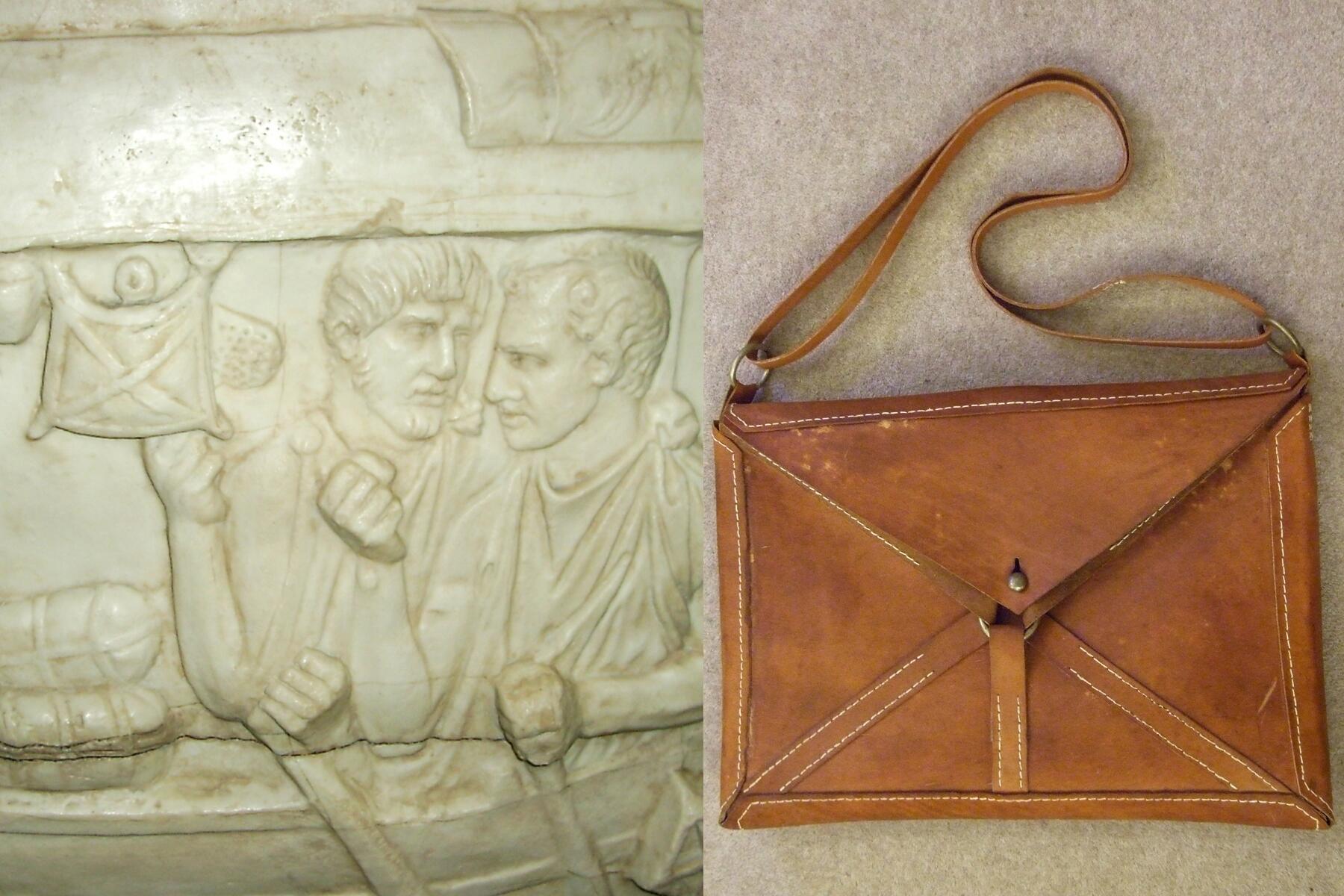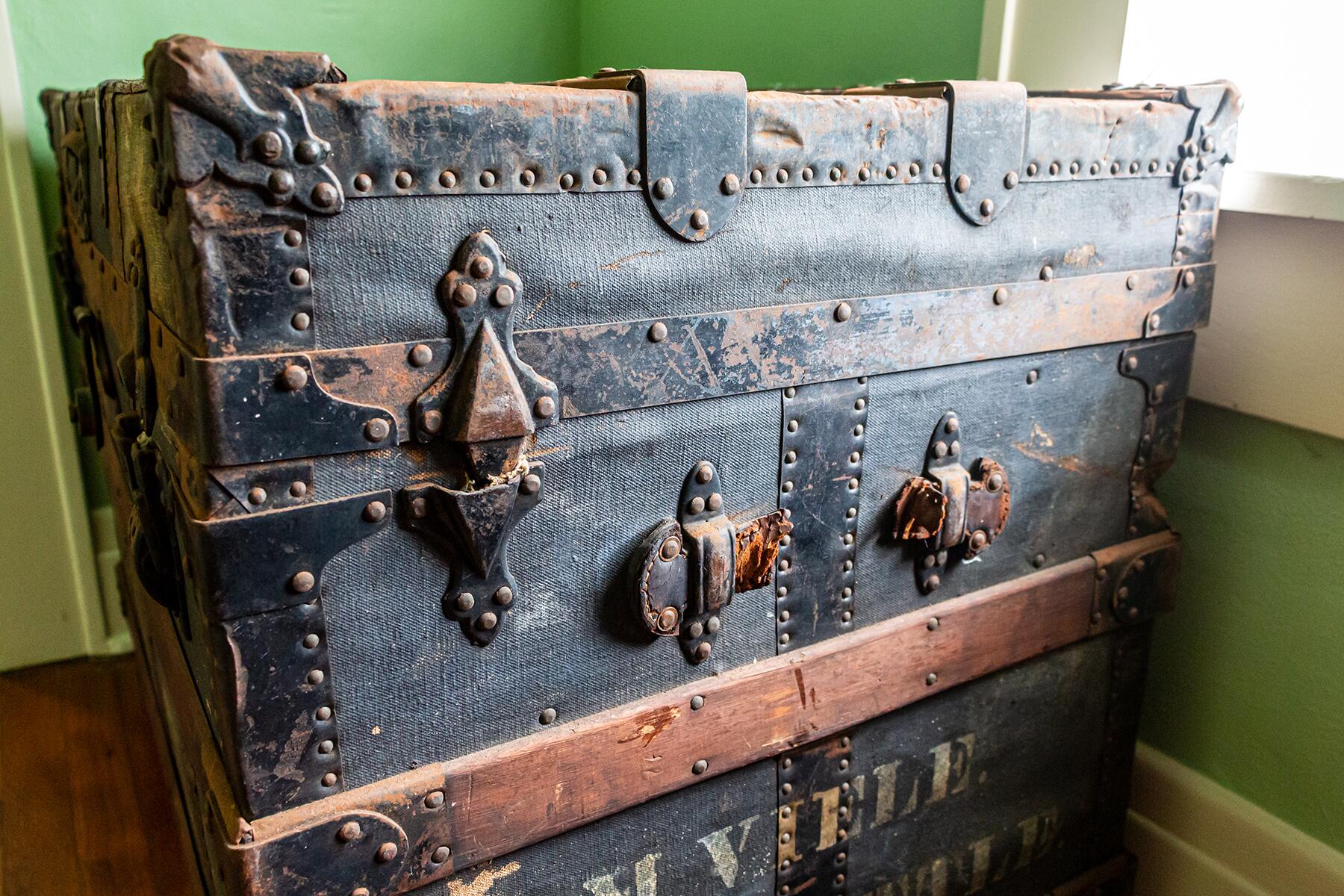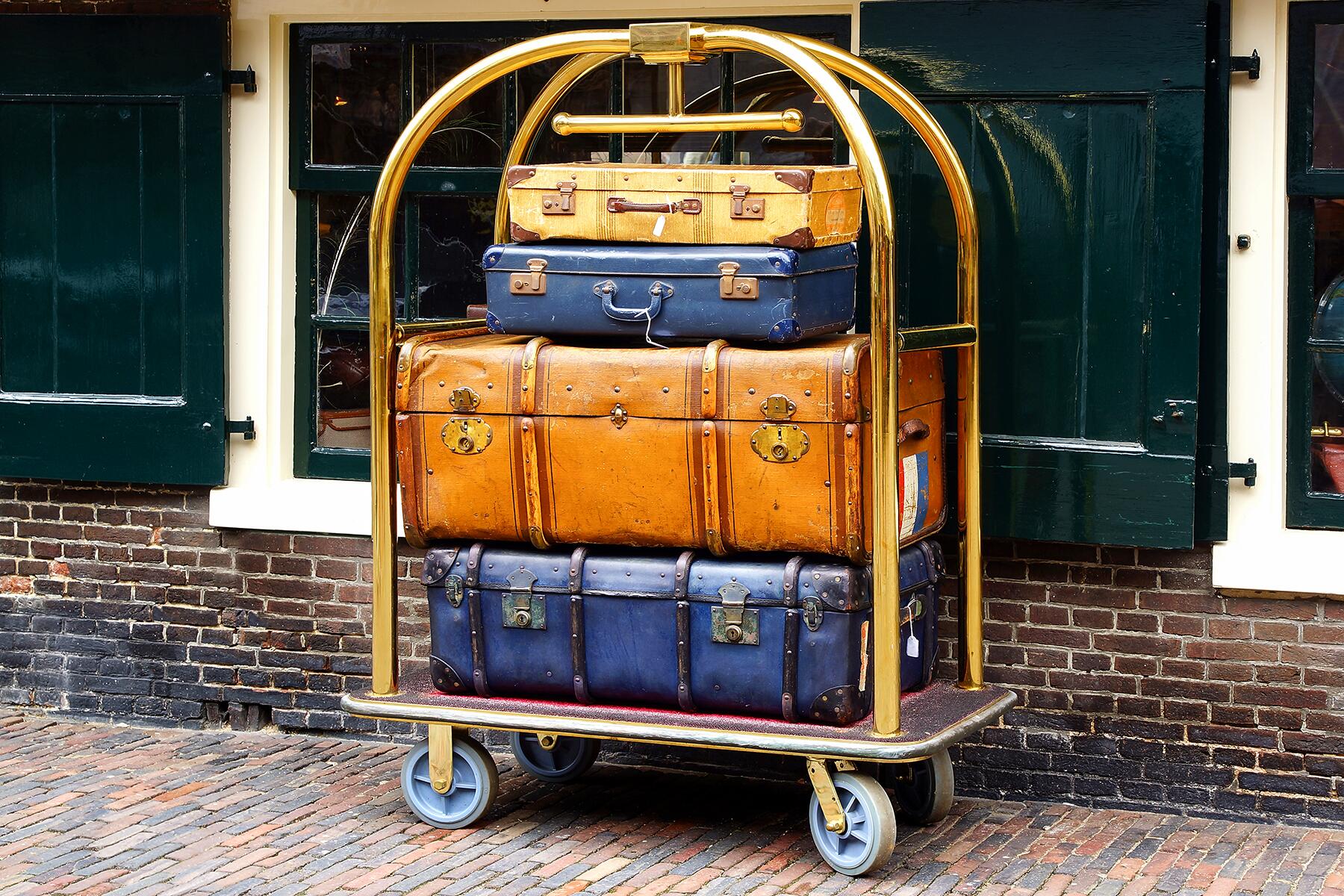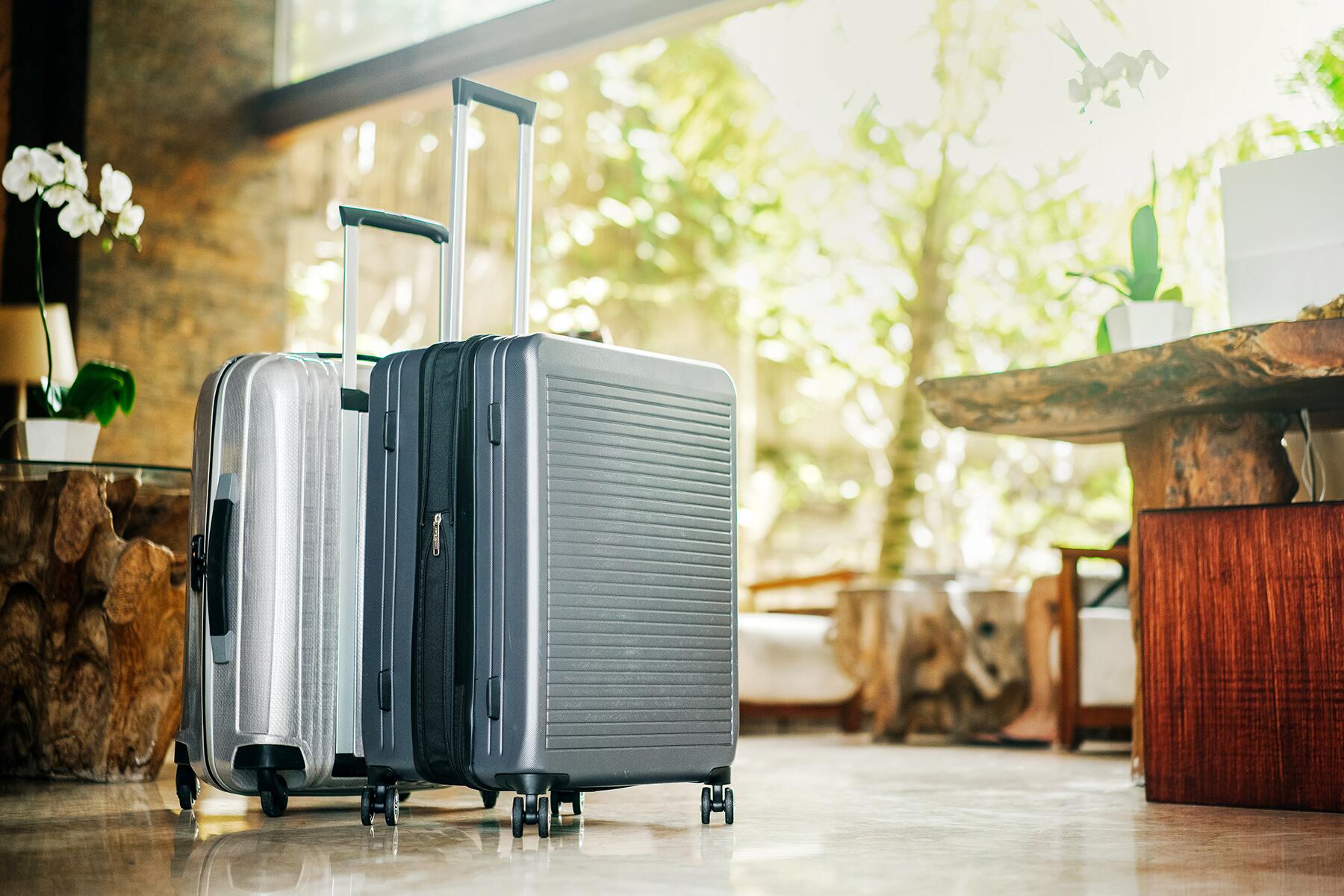Everybody’s got baggage.
How much do you know about your suitcase? I mean, sure, you likely know the brand, but do you know how the bag came to be? How it evolved to be tailor-made just for you. Humor me, and let’s take a stroll down memory lane as we look at the history of what holds your belongings when you travel.
Pre-19th Century
One of the first recorded examples of luggage involves Roman soldiers. The satchel, which was identified using the Latin word Loculus (“little place”), was used by the warriors in ancient Rome to carry food and other personal effects on their travels; often, the leather bags had straps (so you could say not much has changed, really). In today’s world, though, this would probably be considered more of a “carry-on” option. A larger alternative (on record) also contained wheels and was rolled out (hah!) some time in the Middle Ages—similarly to the Romans, the Knights of Templar used cases to store their armaments.
Fun Fact: The world “luggage” is thought to have originated sometime in the 14th century; “lug,” meaning “pull.” Alternately, “baggage,” which is traditionally used more often by the British, arrived in the 15th century; it’s derived from the Old French word “baggage,” which translates to “property picked up for transport.”

Trunks/Vanity Cases
With the entrance of steamships in the 19th century came an evolutionary step in luggage—steamer trunks, designed to hold belongings for long trips away from home, made their first recorded appearance in the mid-to-late 1800s. We’re talking rugged boxes—typically no more than 14 inches high—constructed with hide or leather and designed to be as durable as possible. Though likely not as recognizable of a style—steamer trunks often had flat tops—Jenny Lind trunks (which are named after a Swedish singer and resemble the shape of a keyhole) and wardrobe trunks (which featured drawers on the side and usually had to be stood upright to be opened properly) were also popular in the travel scene at that time.
Recommended Fodor’s Video
Fun Fact: Louis Vuitton—or, trunk-master—is often credited with making trunks, complete with the brand’s logo, iconic both in and out of the fashion world. The trunks, whose popularity continued well into the 1900s, are still very much coveted—albeit as more of a statement piece—today.

Suitcases of the 20th Century
Lighter and cost-effective—two big draws to making travel more manageable and less cumbersome (and generally more practical) when the suitcase was introduced. The late 19th century also marked a crucial moment for the start of an industry with mass tourism, which made traveling no longer exclusively for the privileged. This was mostly due to advancements in transportation. While railways were obviously copious and accessible, cars became more attainable and suitcases became even lighter, as brands competed to twist and turn their way to successfully fit into the rapidly developing travel industry. As such, plastic-shelled suitcases would take the place of those once composed of leather and wood. When mass air travel reared its head in the 1950s, such suitcases continued to shrink in size for convenience and, a few years later, gained wheels.
Per Smithsonian Magazine, the (official) wheeled suitcase patent appeared in 1970 from a man named Bernard Snow, who said, “[the] large terminals of today, particularly air terminals, have increased the difficulty of baggage handling. Thus, it is often necessary for a passenger to handle his own baggage in an air, rail, or bus terminal.” Snow stressed that wheels were also essential as it assisted passengers who had to walk long distances. Another addition that could arguably be deemed “game-changing” is the collapsible handle, which came about in 1987 with the Rollaboard, (or, roll-aboard) which is trademarked by Travelpro.

Smart Luggage and the Future
Yes, it seems your luggage can, in fact, follow you…and that’s where we are today—autonomous luggage. The Cowarobot, for example, has a sensor that allows it to stay by your side and also prevents it from running into obstacles. Maybe to a lesser extreme, luggage options now also feature offerings that cater to the tech in your life as a whole, like outlets to charge your smartphone. And how can we forget about the bag that you can literally ride around on? It’s called the Modobag and it has handlebars, footpegs, and a memory foam seat; it will also set you back about $1K.

So, how can we top this, you ask. Well, it depends on what you mean by “top.” Some are pushing for biodegradable baggage, which is intended to reduce the harm traveling causes to the environment courtesy of the clean material the suitcase is comprised of. In a similar move, others have proposed popularizing luggage made with solar panels. It’s unclear, but as the world continues to change—especially considering the current climate—luggage will likely follow suit.




